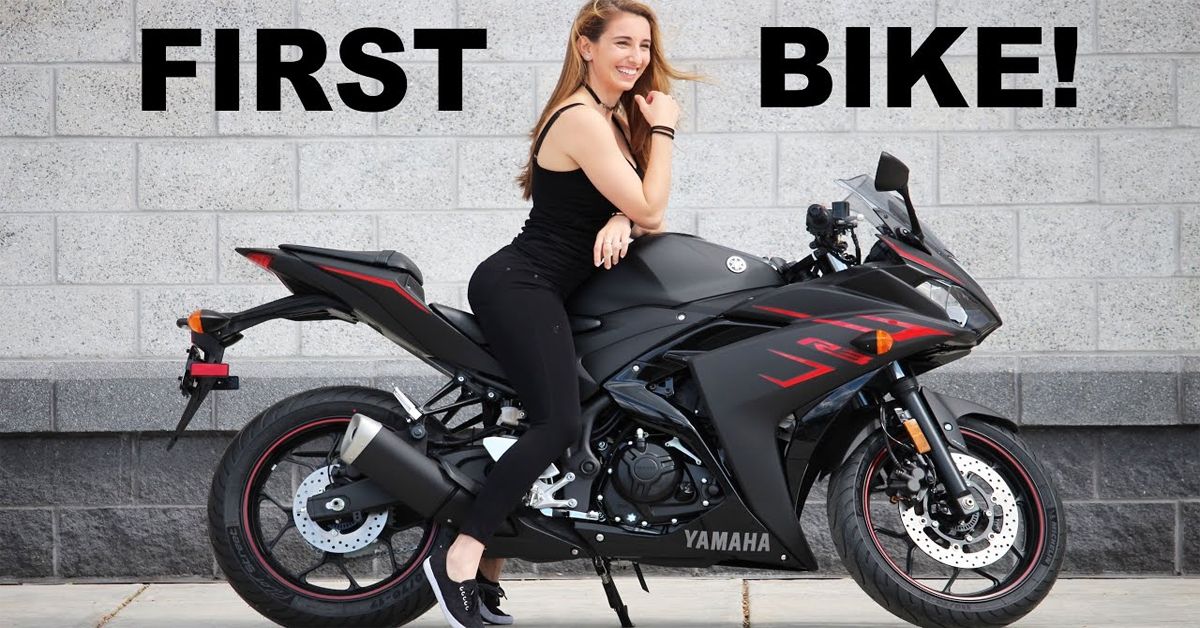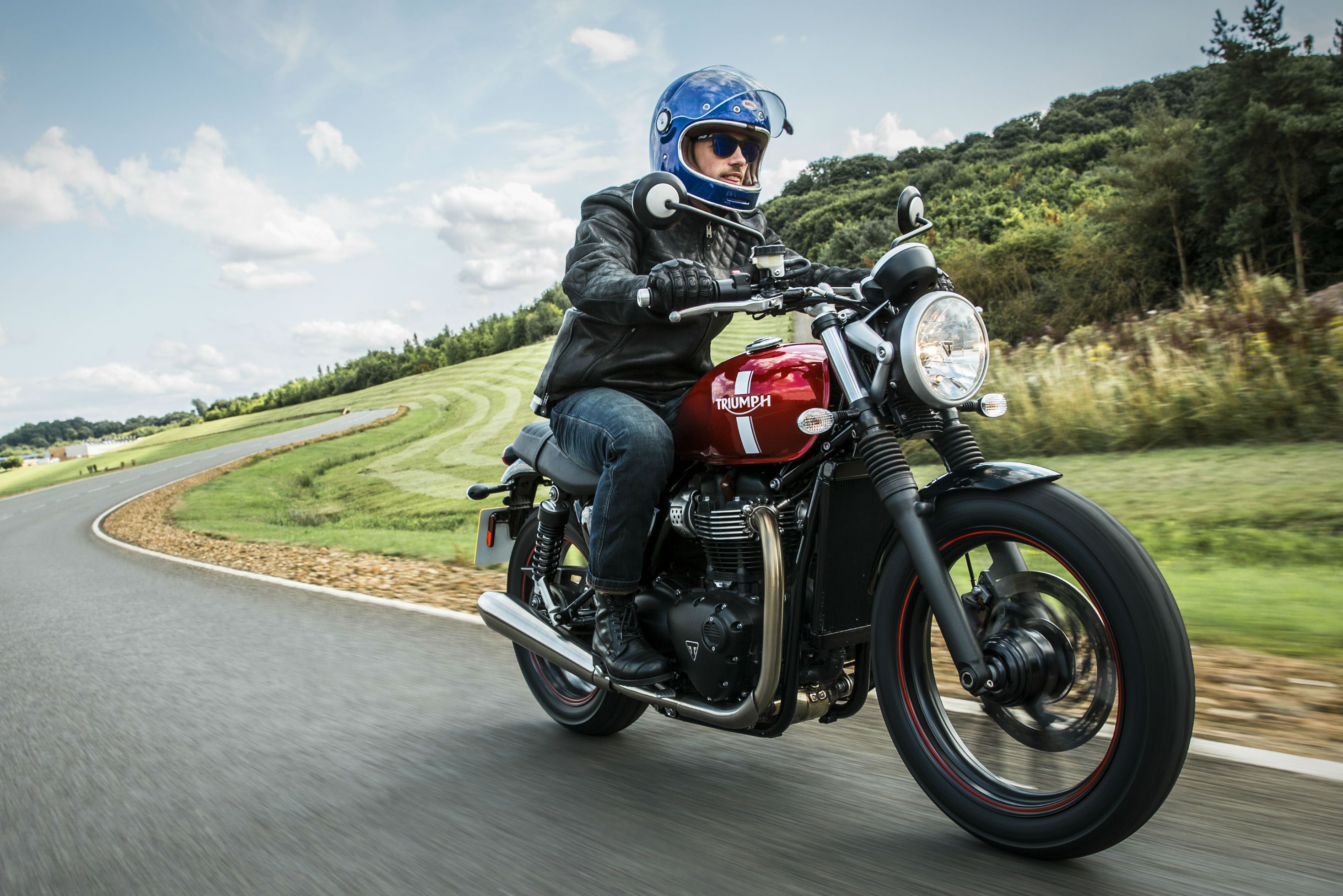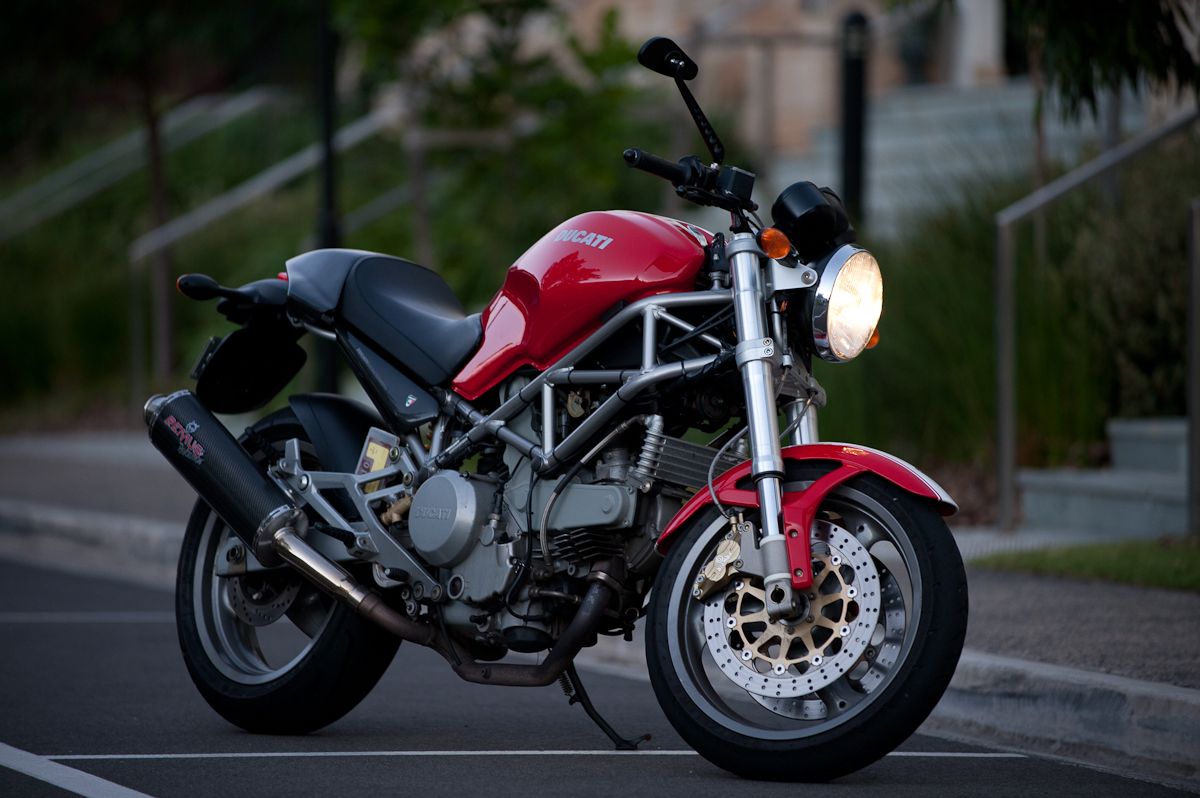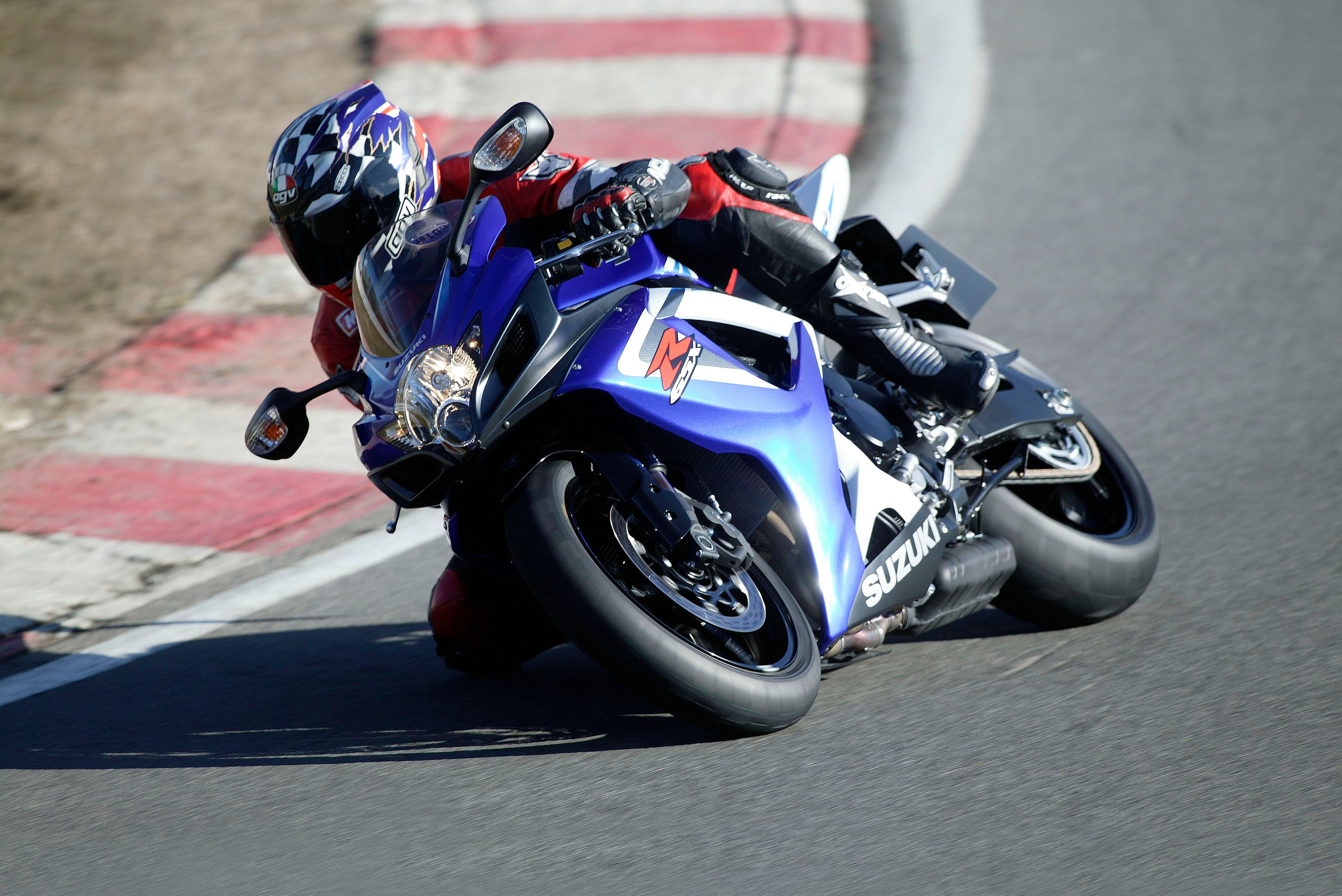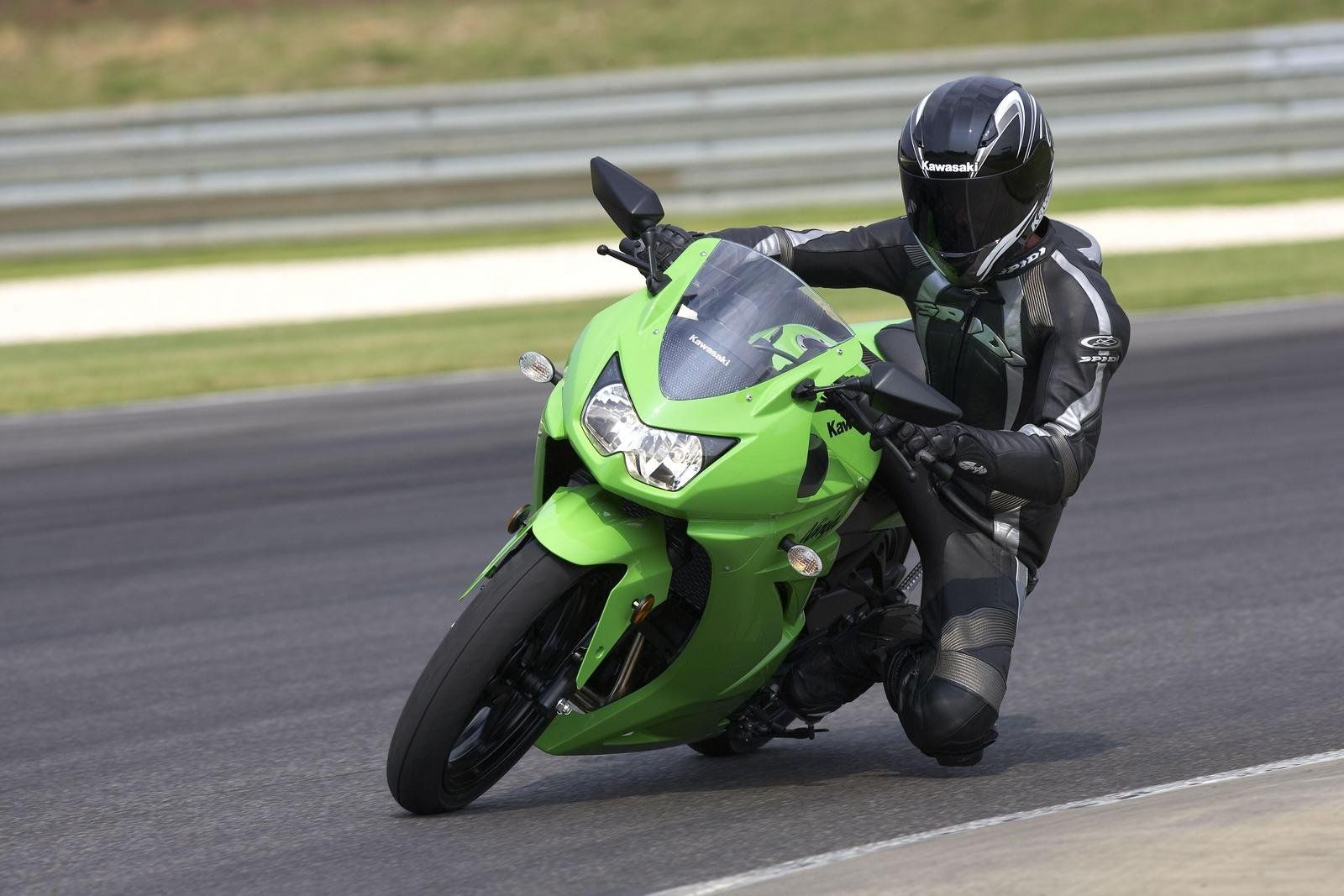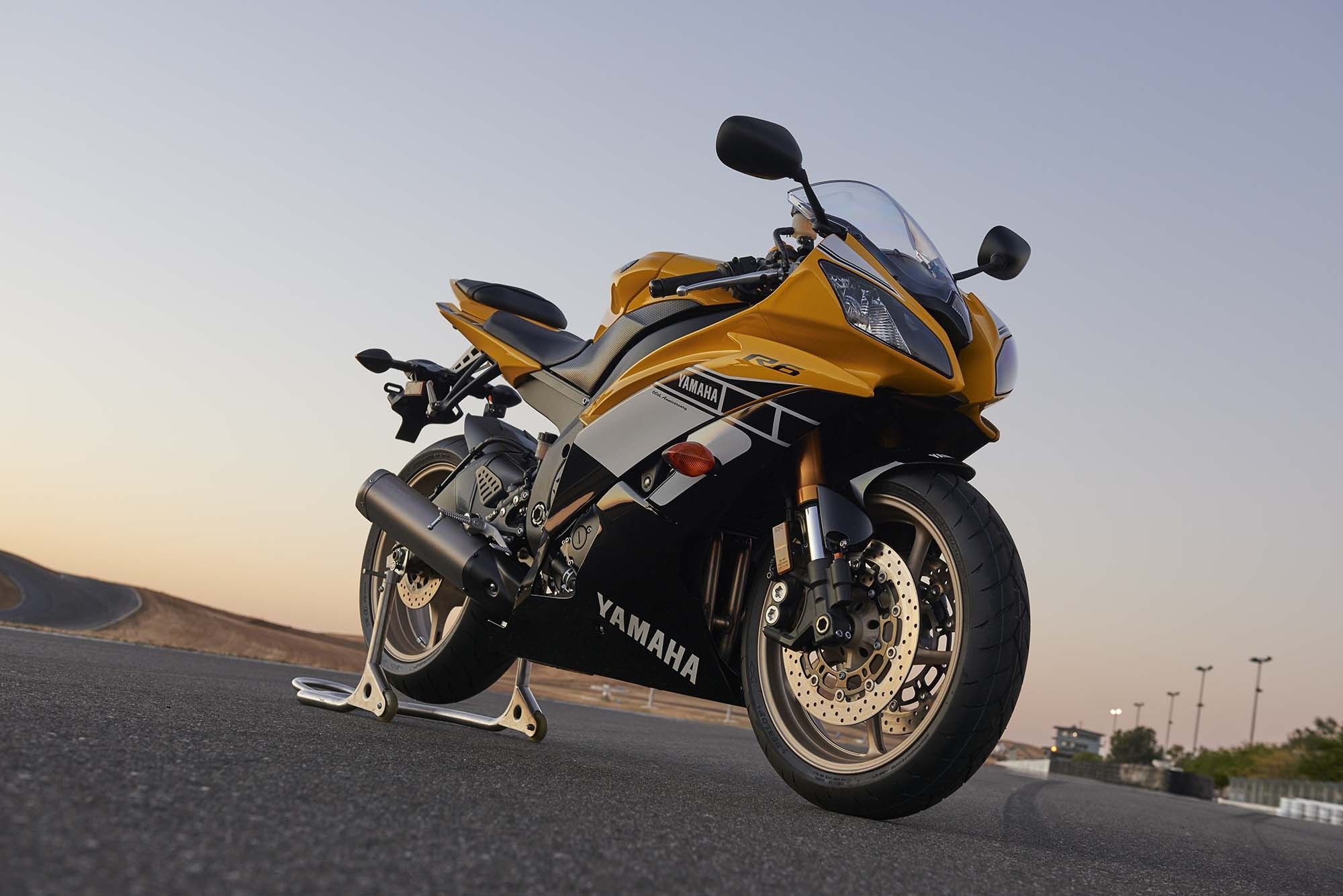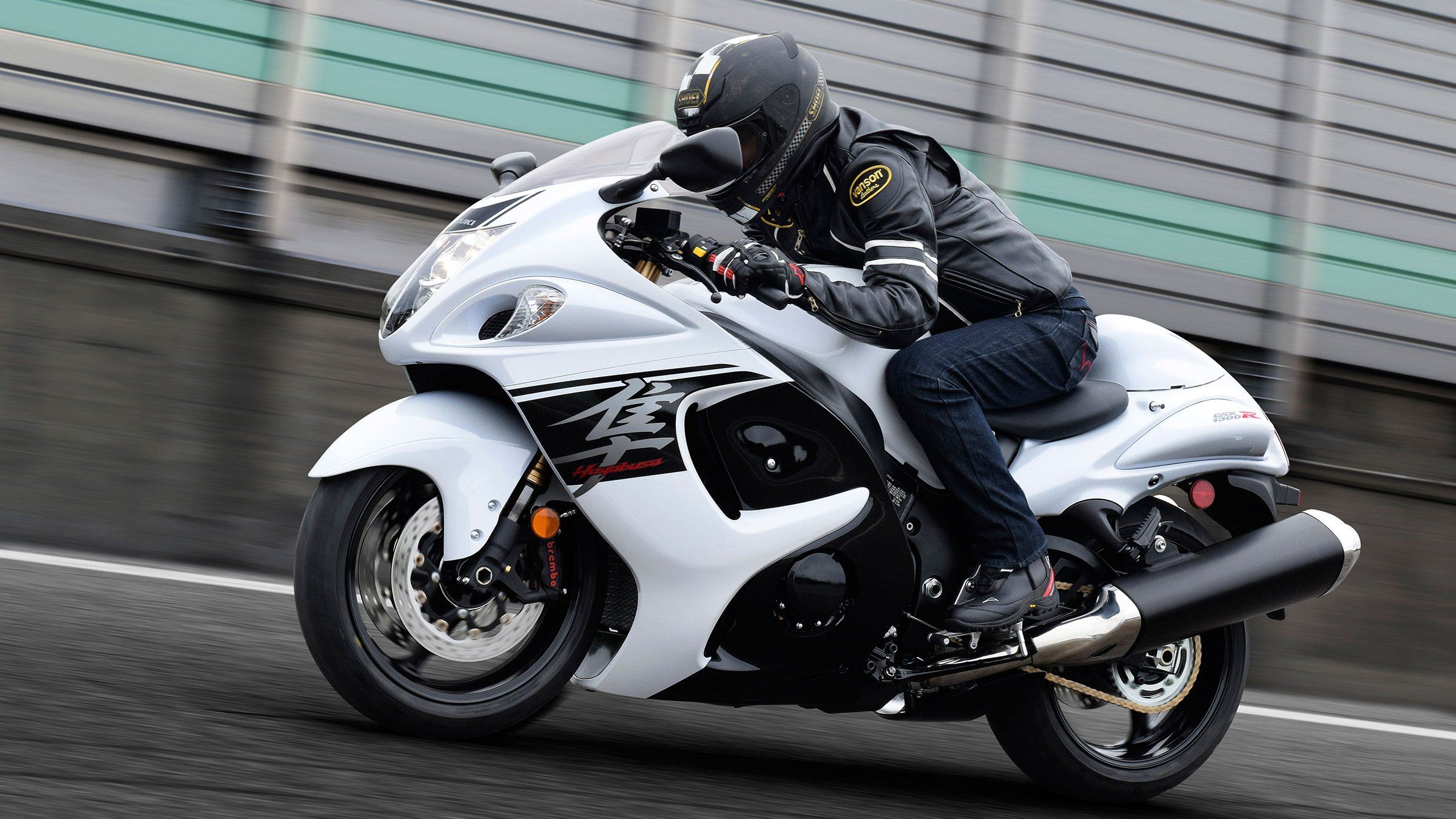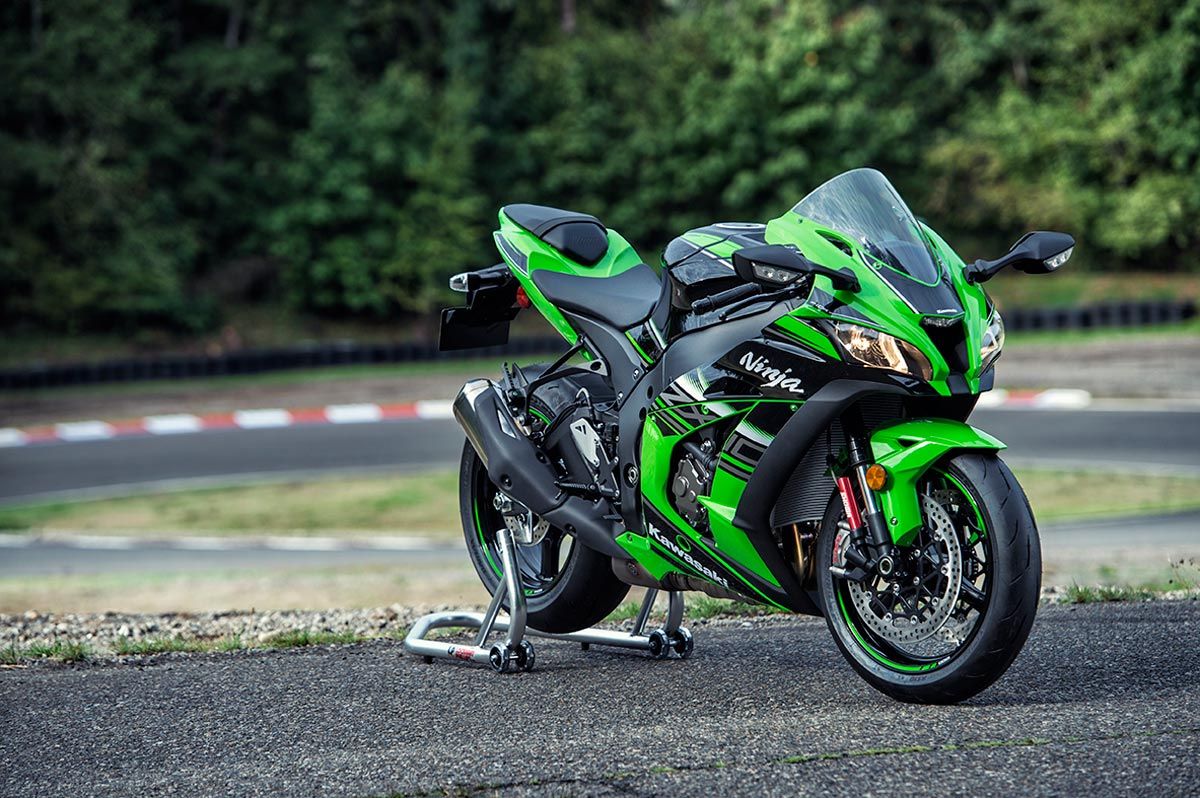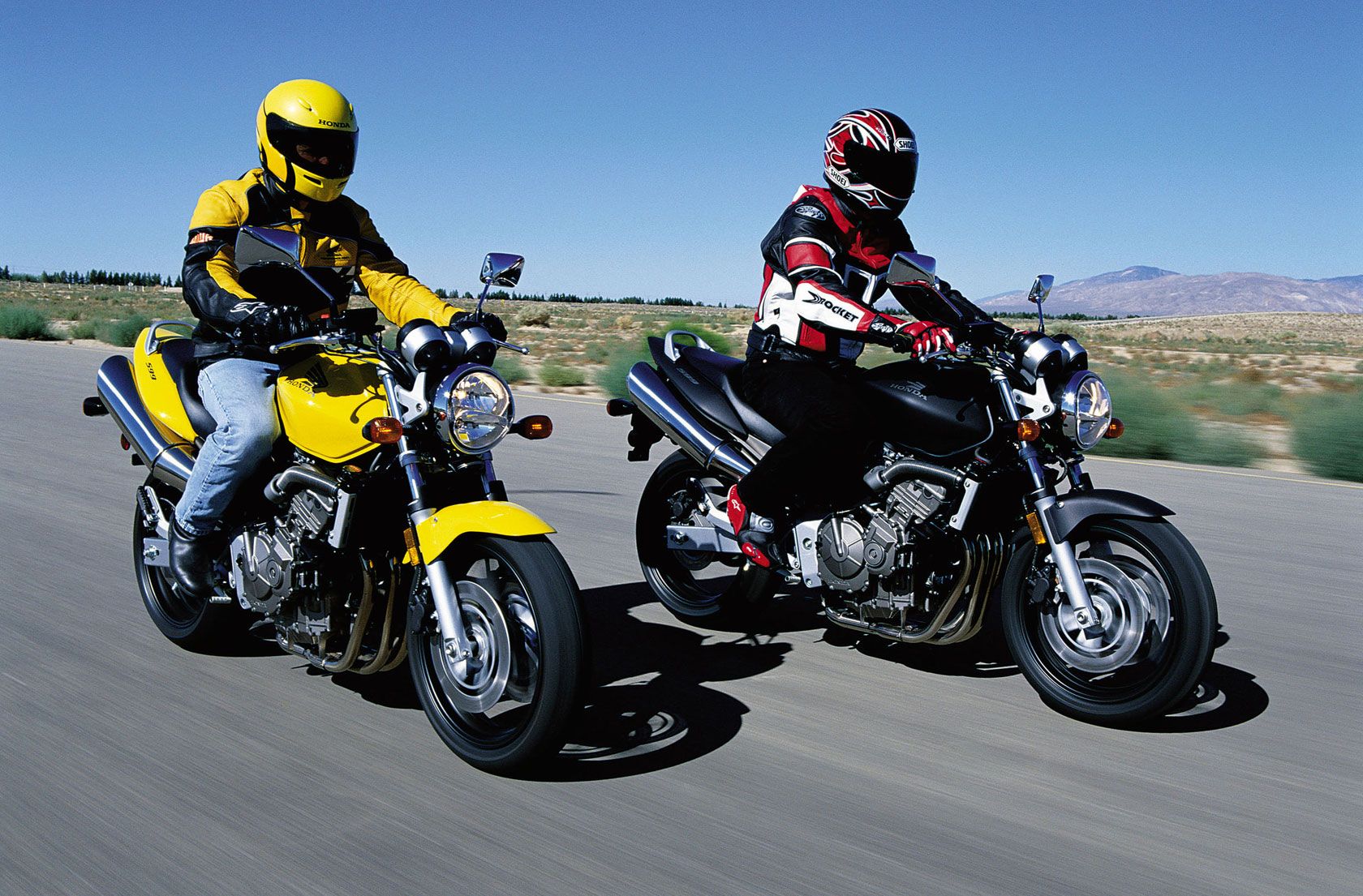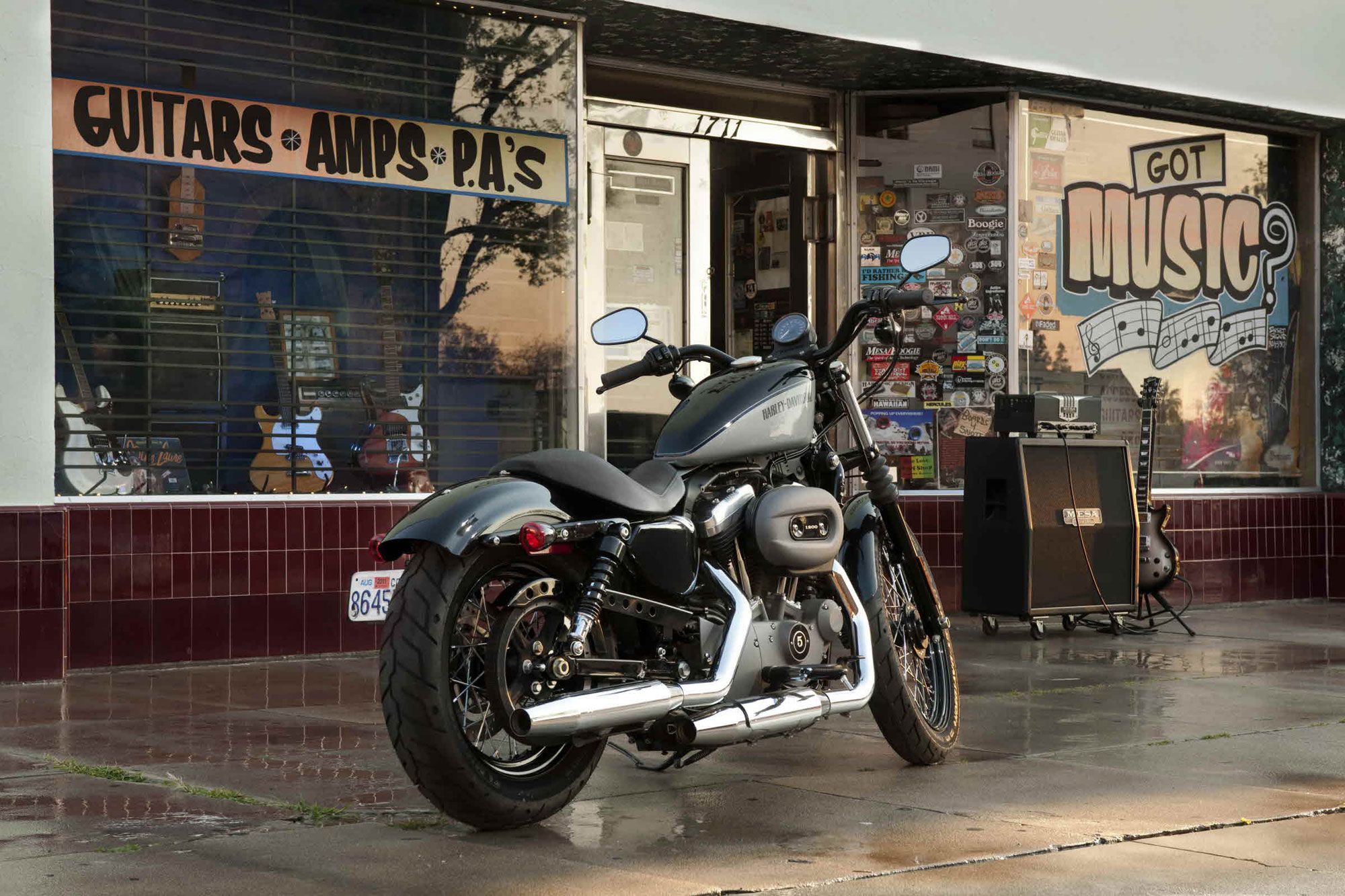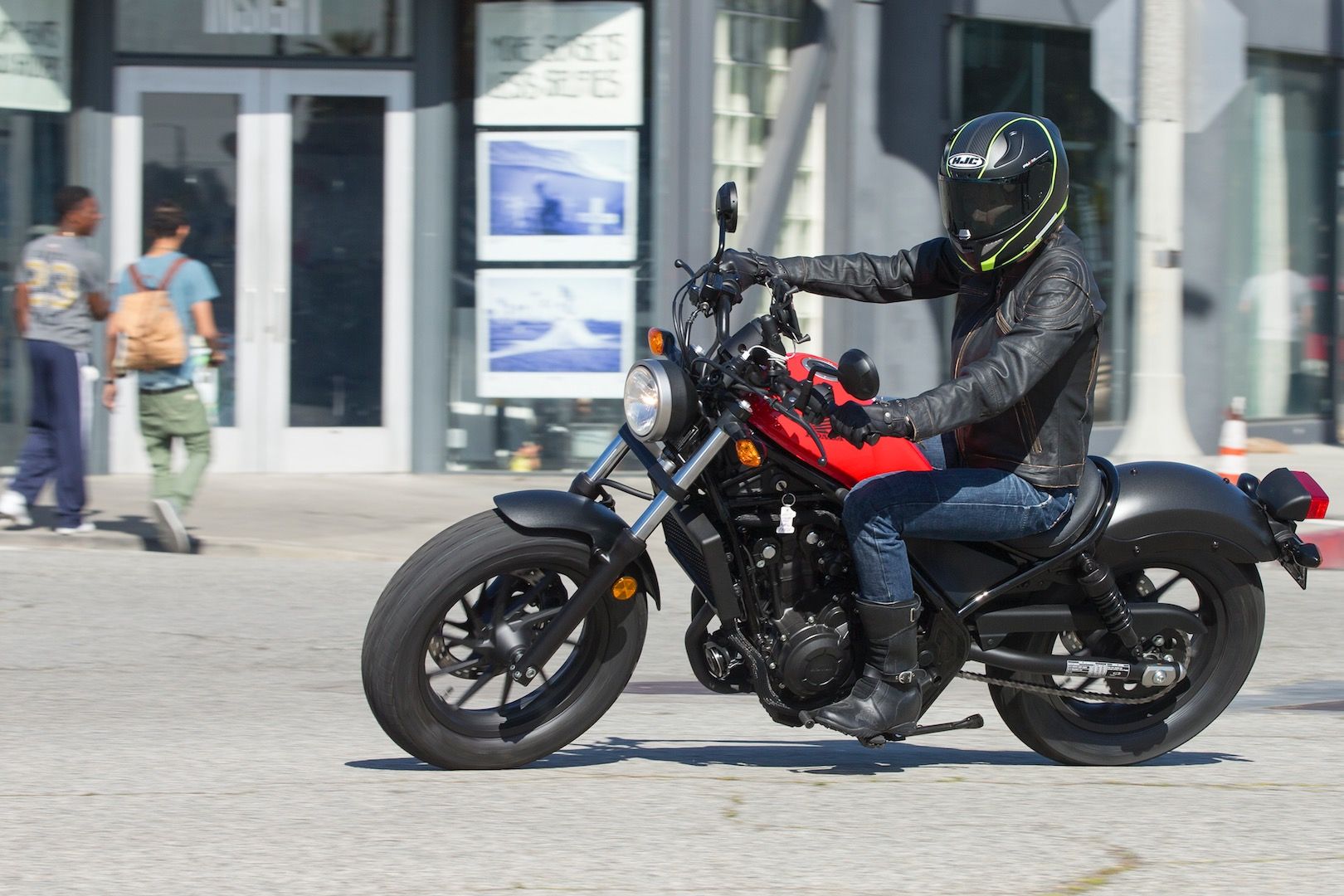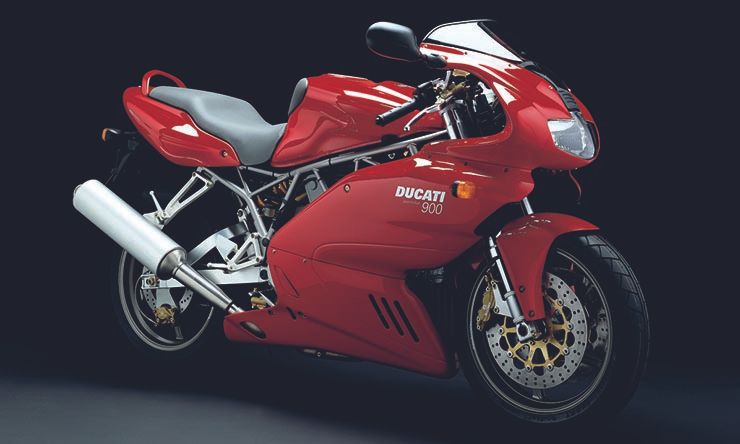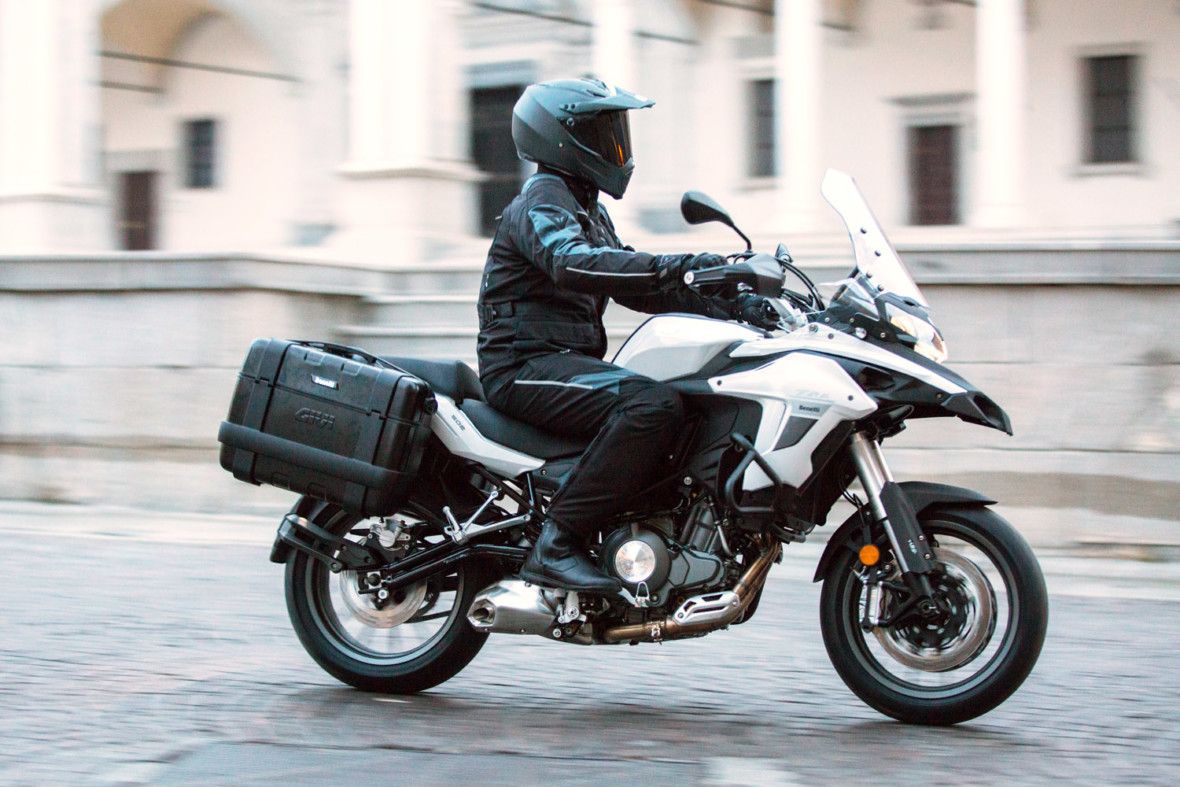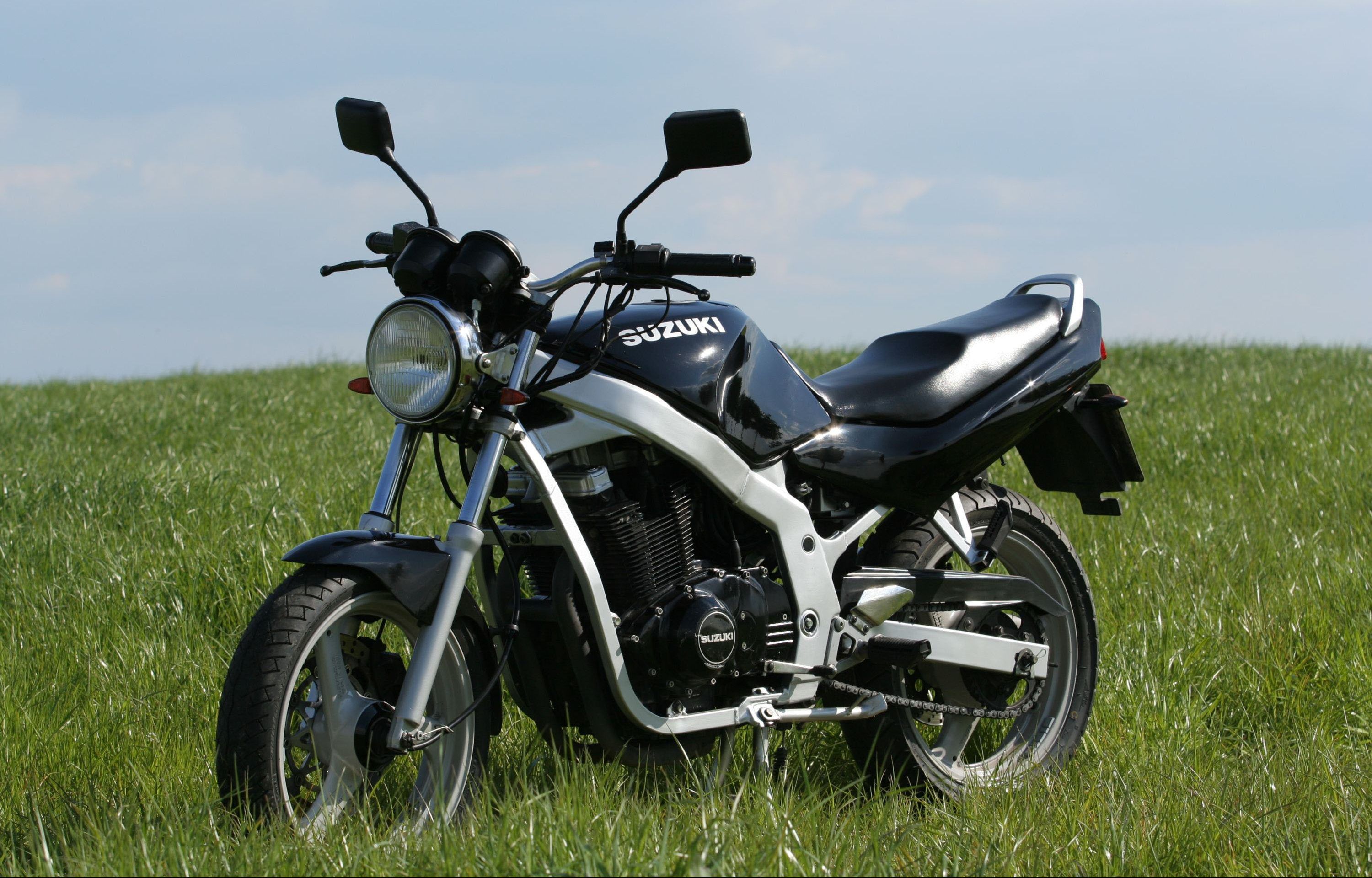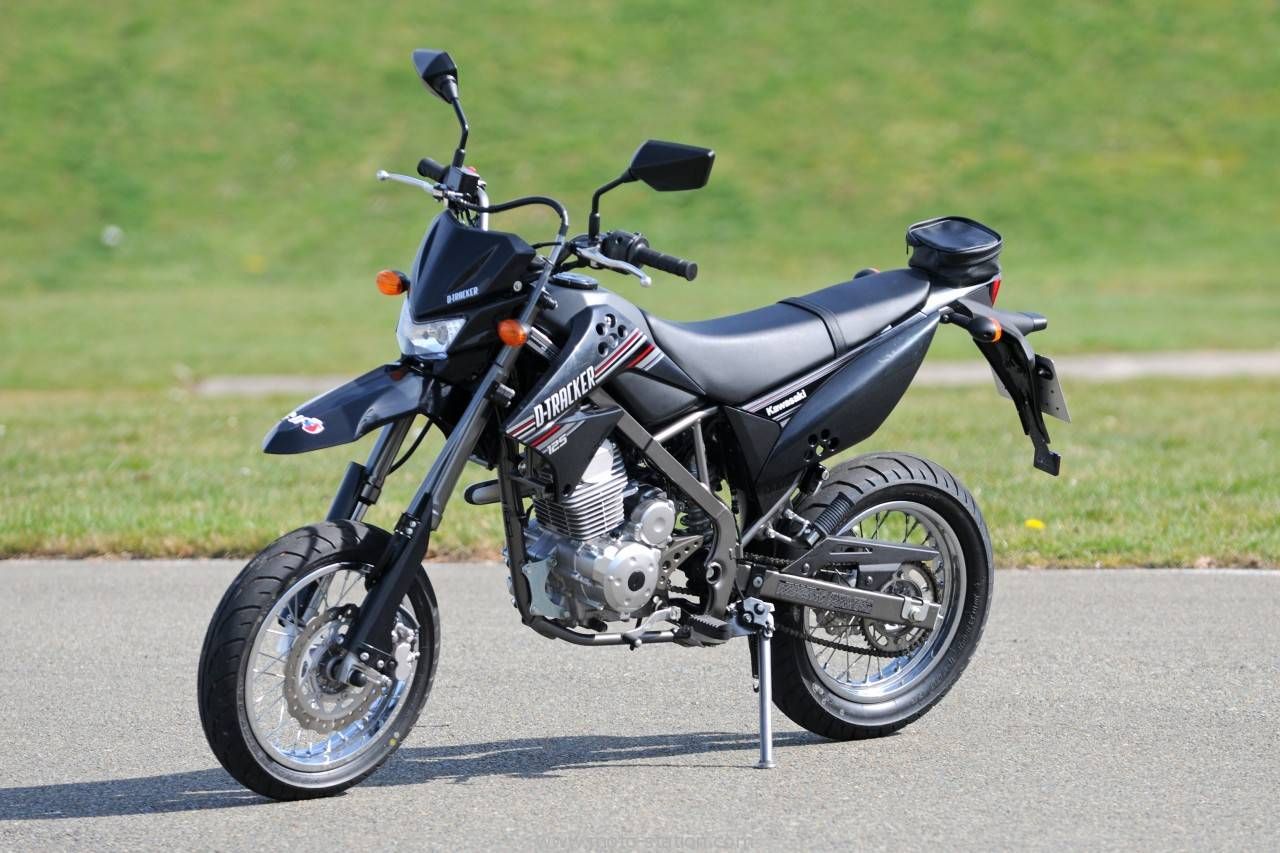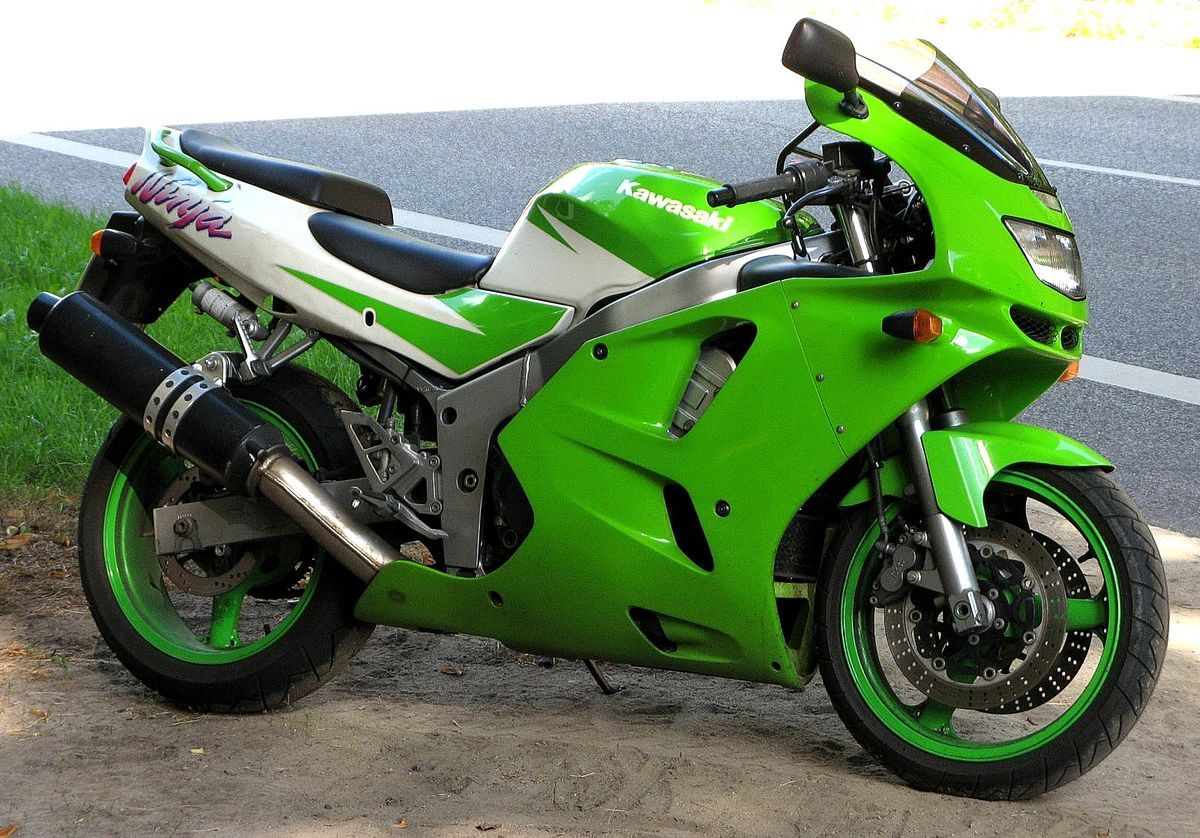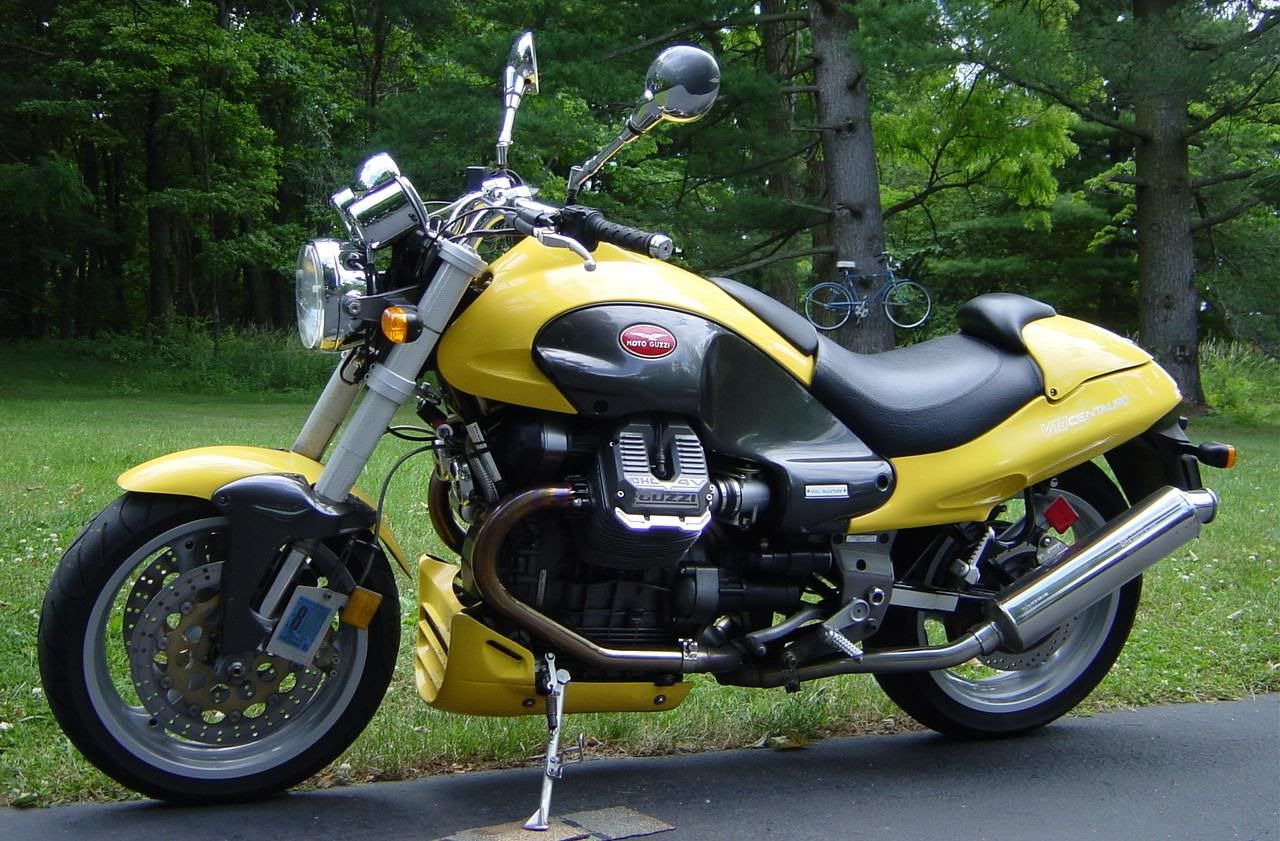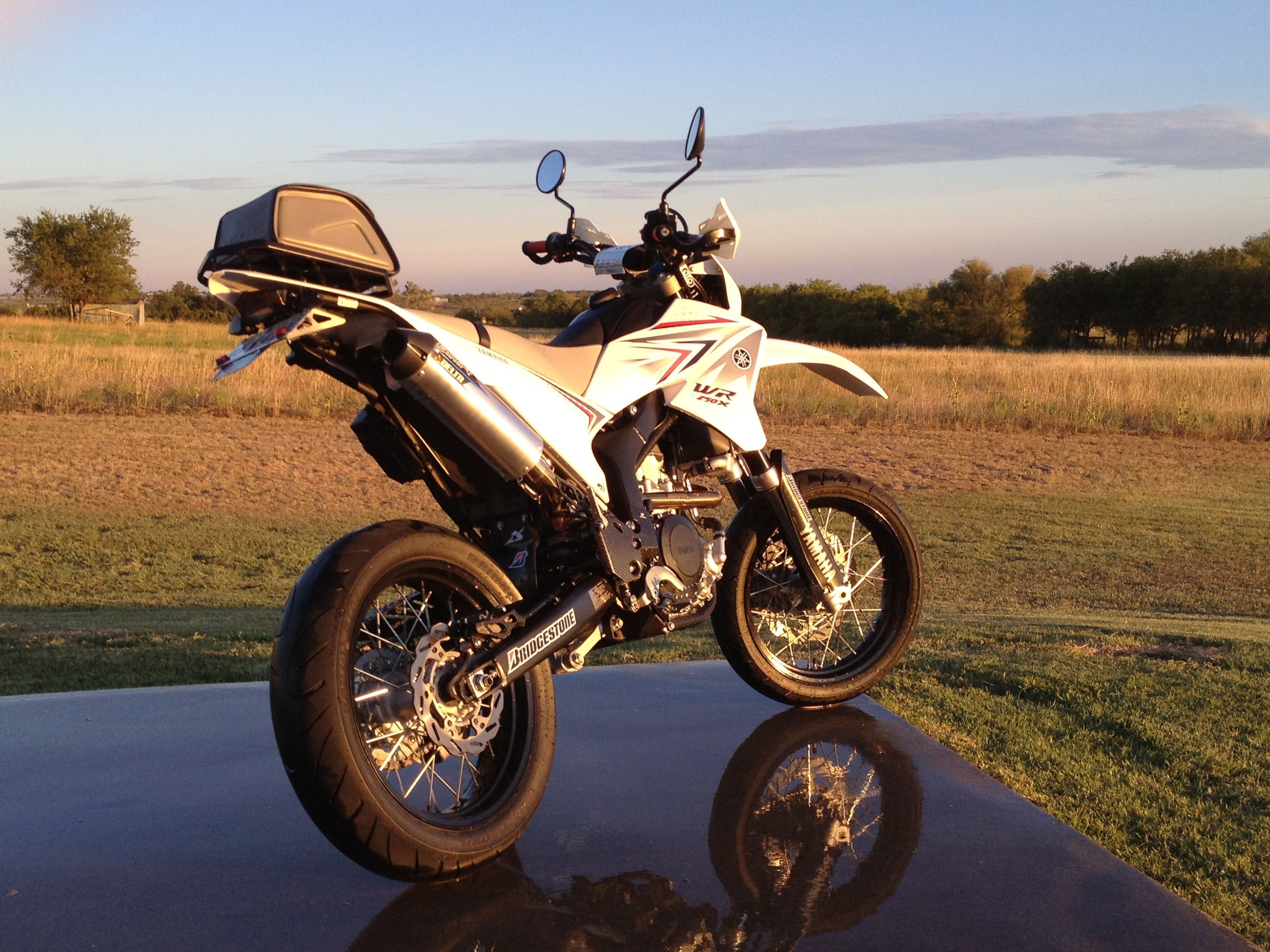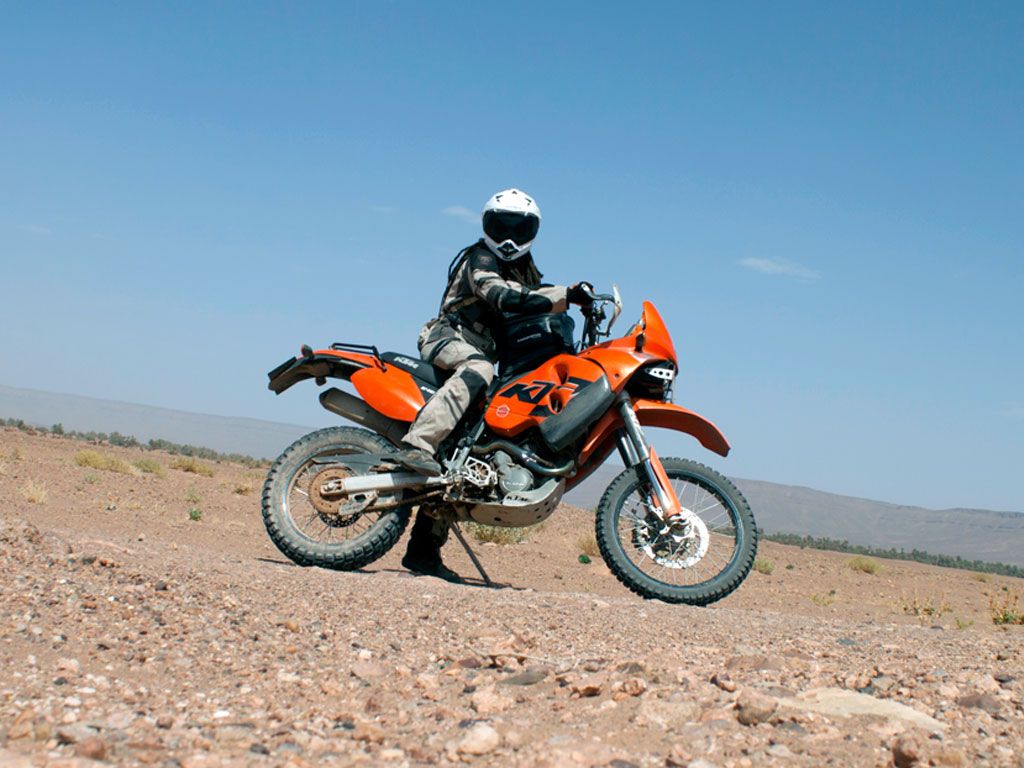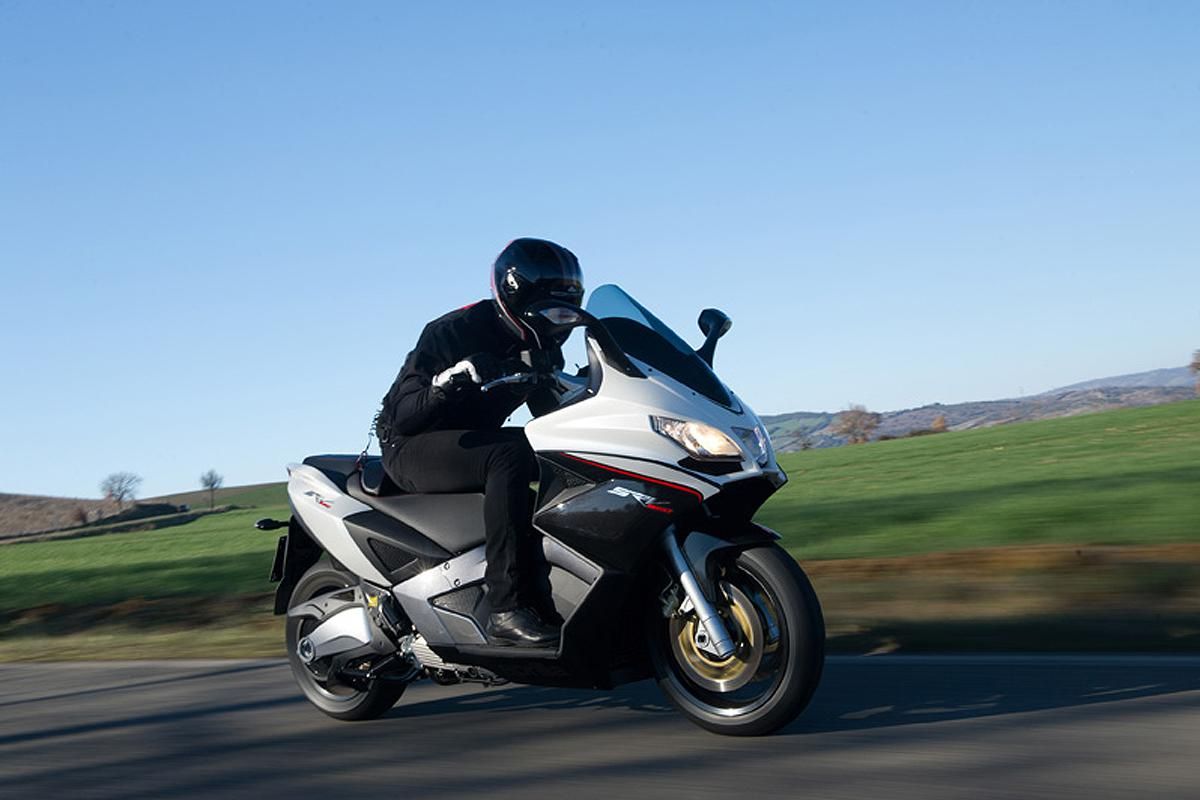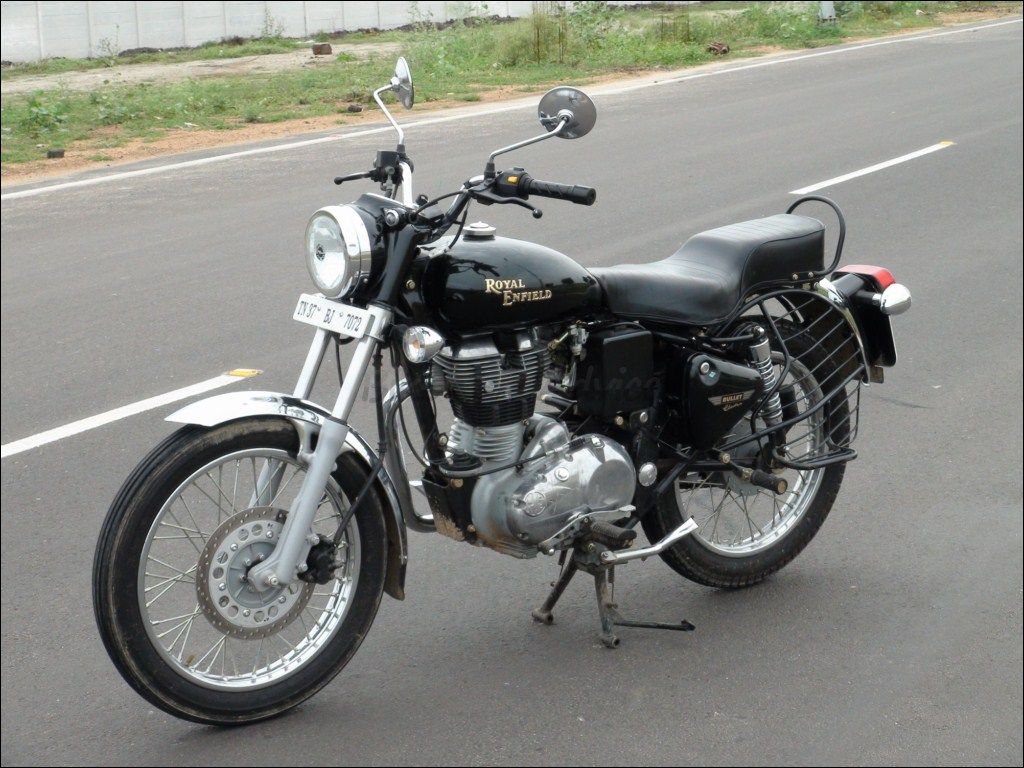It's finally Summertime. Time for some nice warm weather and vacations. Who doesn’t love a great summer road trip on a holiday? It’s the perfect time.
But let’s make it more enjoyable. Cars are great. You can pick a couple of friends and explore new places. But why don’t you make things even better? Buy a bike!
Riding a bike is a pleasure but still somehow unfamiliar to so many people. Motorcycles are a symbol of freedom, a ticket to an adventure and lifelong passion. They provide genuine, pure driving pleasure, and can get you from A to B really fast. Bike clubs are awesome, and bike societies are friendly and welcoming. But choosing the right bike is a tough thing to do! There are so many different types of bikes, so many brands, models, engine sizes, and purposes. From touring bikes to supersport ones, it’s a whole world of choices. You can buy a bike for nearly any kind of money, so looking through craigslist can take ages.
Here in this list, we’ve compiled 10 bikes with great value for your money so you can make your summer even better and enjoyable! And just in case, we’ve featured 10 bad bikes to avoid. You don’t want to spend your weekends in the garage fixing a lemon now, do you?
20 Triumph Bonneville—Worth it!
We start with a classic. And I don’t mean “classic” as in "old motorcycle." Yes, you could always buy a really old 1st or 2nd generation Bonneville, but the 3rd generation is what we're talking about!
Triumph is a well known British motorcycle manufacturer. A few years ago, they redesigned one of their signature models, the Bonneville. It’s a simple, classic motorcycle with a retro design made for cruising.
Engines are two-cylinder units with displacement from 865 ccs to 1,200 ccs. Body styles are plenty–there are the café-racer version Thruxton, the hotrod-like Bopper, and the classic T120.
Why is this a good motorcycle? According to AutoExpress, “The Bonnie’s softly tuned, 1,200 cc engine means it doesn’t come close to emulating the all-conquering pace of its legendary sixties namesake, but it’s fast enough to be fun, handles well, even if rather conservatively. By naked retro-bike standards, it is impressively comfortable and well equipped.” In other words, it’s a perfectly balanced and reliable bike! Customers all around the world rate it as high as possible. It may be a little low on power, but style and enjoyment are what you get here.
A new Bonneville starts at around $10,000, but older second-hand ones can be a lot cheaper.
19 Ducati Monster—Worth it!
Some people call Ducati “The Ferrari of motorcycles.” They're famous, exciting, and beautiful. A red Ducati always turns heads like few other bikes do. Fortunately, Ducatis aren't as expensive as Ferraris.
The Monster was originally released back in 1993, and since, then Ducati has constantly improved and refreshed the bike. The original iteration had 80 hp from a 900 cc engine, and modern ones got 160 hp from a 1,200 cc power plant. The design has changed, but it’s still as recognizable as it gets. Maybe one of the most distinctive bikes ever, the Monster is a typical naked bike with an exposed engine and frame, a round headlight, and the famous V-twin sound. Rumbling and nasty, it’s doesn't make the usual sports-bike noise–it’s sound is more like the sound of thunder.
Unlike a sports bike, the Monster is easy to handle, with a flat torque curve and a relatively comfortable riding position. The motorcycle is mostly reliable, with a few weak points to check before buying, in particular, the oil cooler and the starter motor. Electrical problems are also possible, so be sure to check for any warning lights and good idling.
A brand-new Monster starts from $14,995 for the 1200 version, but old ones are really cheap right now. A 2004 one can be found for $4,000 or even less!
18 Suzuki GSX-750R—Worth it!
The Suzuki GSX-R750 is part of the GSX-R series by Suzuki. The first generation came out more than 30 years ago back in 1985. Since then, the 750 sits somewhere between the light and nimble 600 cc bikes and the monstrous 1,000 cc machines, providing the rider plenty of power without being too powerful. Many users refer to the 750 series as “the best of both worlds.” MotorCycleNews writes of the bike, “It’s almost perfect. The styling’s on the money, the motor and the chassis are better than most of us can ever hope for.”
In our humble opinion, the best generations are K4-K7, produced from 2004 to 2007. They stood the test of time as reliable motorcycles and provide enough power and great control. The New ones are also great, but that mid-'00s design with analog gauges is also quite charming.
The suspension is good, but if you want to track the bike, maybe it’s a good idea to think about stiffing it up. The engine builds rpm quickly and sounds raspy. Multiple muffler options are available for everyone who needs more roar.
The GSX-750R is a great bike with many mods available, but it's also good enough in stock form! Used K5s and K6s from 2005-2006 sell for around $5,000.
17 Kawasaki Ninja 250R—Worth it!
And now, something for the newbies. 250 cc may sound like a joke for experienced riders, and your neighbour can tell you his lawnmower’s got a bigger engine. But who the really cares?
Nobody in their right mind will recommend a young driver to buy a 400-horsepower car to learn to drive. It’s even worse with bikes. Even an entry-level 250 cc motorcycle like the Ninja 250R does 0-60 in less than 6 seconds. That’s fast enough to get you into trouble quite easily. Its top speed is only 110 mph, but that’s way over the speed limit anyways. And on a back, twisty road, it's enough to pump up the adrenaline.
That’s the thing with sports bikes–it’s very easy to underestimate how quick they are. With the Ninja 250R, its performance is just enough to get used to the basics. Younger riders will enjoy high redline (14,000 rpm!), great fuel economy (50 mpg), and reliability all at once. The Ninja 250R is a very simple, mass-produced motorcycle with lots of spare parts.
If your budget is very low, an older 250R will work for you. Kawasaki made the first-gen 250R from 1988 to 2007, so there are plenty of them out there. The 300R, the 250R’s successor, is sold for $5,000 brand new. Our choice? A $3,000 2012 model. Thanks!
16 Yamaha YZF-R6—Worth it!
Do you want a fast, screaming motorcycle with great handling? Good. The Yamaha R6 may be just the thing you’re looking for!
The 600 cc supersport motorcycles are known for their lightness, their nimble handling, and their high-rev limiter. The R6 is no exception. When released in 1999, it was the world’s first motorcycle to feature a 600 cc engine producing more than 100 hp–108 to be precise! Ten years later, the power was pumped up to 130 hp, good enough for 10-second times at the drag strip. That’s supercar performance. Combine that with a rev limiter way above 15,000 rpm, and it’s easy to see why the R6 is so popular. It’s a great choice for people who want to go out on track days–the bike feels "sure-footed" and “remains the bike to beat in track class,” according to BikeReview. Riders all around the world have shared the same experience.
R6s are known as reliable bikes without many problems. Of course, when buying second-hand supersport bikes, you have to look carefully. '03 models have coil problems, and new ones suffer from engine bearing or servo-motor failures.
Is it a good deal? A new R6 is over $15,000, but you get what you pay for. On a limited budget, you can find an '03-'06 for $3,000-$5,000—not too bad for such an exciting machine!
15 Suzuki Hayabusa—Worth it!
Name the fastest car in the world. Many of you will name the Bugatti Chiron. And how much does it cost? $2 million? 3?
Now, let’s talk about bikes. The Suzuki Hayabusa was the fastest production motorcycle back in 1999 when it was released. It’s not like there have been many pretenders for the crown since–actually, only 3 road-legal bikes can match the Hayabusa’s top speed today! And how much does this two-wheeled rocket cost? $10,000 or less. That’s right, you can probably actually afford the world’s fastest motorcycle!
Hayabusa (also known as the "GSX-R1300") is Suzuki’s flagship model. However, the bike isn't a supersport track weapon! The ride is too soft and comfy, and because it’s not exactly light, its brakes tend to fade quite a bit. It’s more of a touring bike as its mid-range torque is significant. Its fuel economy isn't too bad, and the seating position is slightly higher than your average sports bike. Overall, the Hayabusa is a future classic and a giant shot of adrenaline. Should you buy one? If you want a recognizable and reliable bike, which happens also to be the fastest in the world, it goes without saying!
14 Kawasaki ZX-10R—Worth it!
The ZX-10R is a track-focused, very dangerous, and extremely fast motorcycle produced in 2004. It won the Best Superbike award back in 2004 and 2005 at the International Masterbike Competition and of Cycle World magazine. Its very aggressive front end and distinctive Kawasaki green color give the motorcycle an unmistakable presence on the road.
It’s powered by a 1,000 cc engine with up to 197 hp for the latest model year. The bike is very capable but requires a certain amount of skills.
MCN describe the driving experience like this: “Quick and effortless to turn, stable and easy to change line mid-corner, the Kawasaki ZX-10R comes with an Ohlins steering damper as standard. You’ll still need to be a dedicated, experienced rider if you want to push hard on the track and a madman to do it on the road on a Kawasaki ZX-10R.”
There are no significant problems with the ZX-10R; all you need to look out for when buying one is any sign of an accident. There are plenty of them on the used market with prices even below $5,000 for a 2005 model. Would you dare?
13 Honda 599—Worth it!
You find the Kawasaki ZX-10R way too extreme? Okay, let’s calm down a bit. Here's one of the most versatile and easy-to-handle motorcycles in the world.
What Honda has done with the 599 is simple and brilliant. They've made a motorcycle with a simple, classic design, linear power delivery, and sweet balanced handling. The result is a bike suitable for every occasion–city cruising, twisty back roads, a road trip, or even a track day! Yes, it does nothing perfectly, but it does everything very well.
The bike is powered by a 599 cc four-cylinder engine producing 97 hp. It's light, with a low seating position, and great fuel economy. Despite the last description, the fuel tank on the first gen is relatively small. But hey, everybody needs a drink once in a while!
The 599 is very cheap to maintain. Owners share positive feedback, and just a few of them suffer from minor problems like those with the temperature sensor or the belt tensioner. Overall, it’s very reliable and eats miles for breakfast.
In conclusion, the 599 is one of the most versatile bikes you can buy for as low as $,3000-$4,000. Its successor, the 650F will cost you around $9,000. Both are great options.
12 Harley-Davidson Sportster Nightster—Worth it!
Harley-Davidson is a company that needs no introduction. They’ve been making some of the most beautiful American bikes since forever.
The Nightster is a redesigned version of the Sportster 1200, a Harley entry-level bike. It features a bobbed rear fender, a chopped front fender, and a black headlamp body with a black visor and a satin trim ring, a low-rise handlebar and black riser, and a new pair of laced steel wheels with chrome spokes and black hubs. It looks absolutely badass. The sound is also awesome–deep and grumpy as every other Harley produces.
The 1,200 cc engine isn't what you call powerful or special with only 50 hp, but it has a lot of low-end grunt, and it’s very reliable.
The bike has a stable ride, comfortable and very nimble despite the 251 kg weight. It sits a little bit low, but beauty has a price. Its stopping power isn't brilliant, and an upgrade should be considered. Other than that, the Sportster is reliable, and for the price, it's maybe the best value for money you can get from a Harley. You can find a second-hand Nightster for around $7,000. That’s a fair price to pay to be cool!
11 Honda Rebel 500—Worth it!
This is another motorcycle with more style than performance. Honda reintroduced the Rebel in 2017 as the basic entry-level cruiser. With 300 cc and 500 cc engine options, it's not anywhere close to being a fast motorcycle, but it shouldn’t be. It’s very light, simple, and nimble with a retro-inspired design we just can’t stop looking at.
Cycle World Magazine gave the prize “Best lightweight Streetbike” for 2017 to the Rebel 500. They seem to be pretty charmed by the bike as they described it to be “one of the most accessible, fun, and easy-to-ride lightweight motorcycles on the market. It also happens to be eminently affordable and perhaps the coolest Japanese cruiser you can buy. Make that the coolest 500 cruisers you can buy and a great way to get started riding.”
There's really not much more to say other than that. The MSRP for the 500 model is $5,999, with optional ABS and 4 colors available. Yes, there are a lot of cheaper second-hand motorcycles with bigger engines and similar styling. But the little Rebel stole our hearts. And isn’t that what a bike should do?
10 Ducati 900SS—Not Worth It!
And now, an Italian exotic sports bike. It sounds like something expensive, doesn't it? Well, the bike itself isn't that expensive, but its maintenance is problematic. 900SSs are famous for snapping cylinder head studs and bending chain-adjusting bolts. According to MotorCycleNews, the clutch also tends to fail. Yes, if you buy later models, many of the issues can be fixed, but it’s a gamble we won’t recommend. Can belts should be changed every 6,000 miles or two years. Misfiring is also common on the 900SS.
The bike isn't all bad news, though.
The engine provides good low-end torque, the design is dated but charming, and it rides like a sports bike.
It was a great machine when it was new, but now, it’s just a bad idea. It’s not a comfortable bike with a lot of weight at the wrists, and its mirrors are bad. Sure, nobody buys an old Italian exotic motorcycle for long-distance cruising and road trips around the continent, but it’s not that impressive to deal with it anyway. An old Monster is a far better bike for the money!
9 Benelli TRK 502—Not Worth It!
Here's another Italian motorcycle company with another bad Italian motorcycle.
The bike is equipped with a 500 cc 47 bhp engine—not a lot, especially for a bike with a weight of over 230 kg. MCN says the lack of power on the TRK 502 is “severe.” And not only that–“there’s no character or power band either, just a huge spread of not very much power trying its best to pull a lot of weight.” Those are tough words for a competitor of the brilliant Honda CBX500X.
But it’s not only the engine that’s wrong with the bike–the brakes are bad and unresponsive, and the seat isn't comfortable enough. The front suspension is also not good enough–the lack of response and steering feel make the bike an unpleasant ride on a bumpy road and maybe even dangerous in slippery conditions. BikeReview also wasn't pleased with the driving experience. Benelli now partners with Qianjiang, a Chinese motorcycle company without a lot of know-how. We hope that future models won't be affected by that, but the TRK 502 feels just like a Chinese motorcycle, not a 2017 model from a famous Italian brand. At least it’s not expensive!
8 Suzuki GS500E—Not Worth It!
OK, this maybe isn't an unreliable motorcycle. In fact, the Suzuki GS500E is known for being a cheap workhorse with a reliable engine.
So, why is it on the bad list? First, a bike isn't only an engine. The paint quality on this one is very poor, and corrosion is a serious issue. You can fix an engine, but rust is something you don’t want on your vehicle.
The engine itself is a 487 cc 47 hp unit–just enough for a light motorcycle like the GS500E. It’s good for driving around town. Most of the torque is at the lower rpm range.
Most of the examples on sale today are really high-mileage ones, so be prepared for repairs. The model is recommended as a learner’s bike, so the clutch and the transmission can be in bad condition, too. Its ride quality is also terrible–way too soft and lacking any feedback. It's nothing sporty or pleasant to remember. Its brakes are also quite bad and lack stopping power.
Overall, we don’t recommend this bike for any reason. There are so many better options on the market right now, and some of them are quite cheaper.
7 Kawasaki KLX 125—Not Worth It!
As a rule, most big bike manufacturers don’t come up with really bad motorcycles you shouldn’t consider buying. But sometimes, there's an exception, like the KLX 125.
Okay, the engine is quite good actually–a 125 cc 4-stroke one-cylinder unit. Very simple and under-stressed, it won’t let you down. But on the downside, it has only 10 hp. That’s just not enough as other 125 cc bikes easily develop 50% more power. The bike itself looks and feels very cheap. It’s not a touring bike; it’s going to be abused every now and then off-road, and build quality is very important, but not for Kawasaki in this case. Furthermore, its off-road capabilities are very limited, so maybe build quality isn’t going to be that much of a problem. Anything else? Bad ride quality that is uncomfortable for taller riders, and cheap chassis component are just a few of the cons that MCN points out. It’s not a cheap bike, but it looks and feels like one. We recommend some other competitors, like the Honda CBF125, instead of the KLX.
6 Kawasaki ZX-6R—Not Worth It!
First-generation bikes aren't always great. It takes time for a manufacturer to fix the problems and refine the product to answer customer’s expectations.
The first-generation Ninja ZX-6R came out back in 1995 as a competitor to the Honda CBR600 and the Suzuki GSX-R600.
It was slower than both. It was intended to be a track-focused bike, but the front-end was way too soft. The feedback from the steering was also minimal, and the brakes also weren't what you'd want from a bike in this class. The design is also nothing special; in fact, the bike looks very dated today. Production continued for only two years. Then, it was replaced with the way better second-generation 6R.
R6s are cheap right now, but they're hardly the best bang for the buck. “It can still raise a smile, but measured against the latest metal it feels harsh and crude. If you’re buying on a budget, then it’s worth a look, but Suzuki’s GSX-R600 will run rings around it on track day, while the CBR has it beaten for practicality and build quality,” writes MCN. Our advice is to look for second or third-generation models as they don’t cost much more.
5 Moto-Guzzi Centauro—Not Worth It!
Moto-Guzzi is another old Italian brand for motorcycles. In fact, it’s the oldest European bike manufacturer. In 2004, the brand was acquired (as part of the Aprilia group) by Piaggio.
The Centauro was produced from 1996 to 2000. It featured a 992 cc 95 hp V-Twin engine, similar to what you’ll find in a Ducati. Sadly, the riding experience on it is nothing like that of a Ducati–at higher speeds, the bike becomes unstable. The front end is unstable and soft, and the rear is bouncy. That’s not a big problem when riding slowly in the city, but that totally kills the enjoyment of a back road.
Although the build quality isn't as bad as you think, electrical issues are really a thing with the Centauro. Buying an at least 18-year-old motorcycle with electrical issues can be an adventure of a lifetime! The bike itself is well equipped with Brembo brakes and a stainless-steel exhaust. Still, these are old and unreliable, and we'll take a Ducati Monster instead every time! That's a pity because that name represented unity between man and machine… something that never happened for Moto-Guzzi.
4 Yamaha WR250X—Not Worth It!
Yamaha has a great history of producing some brilliant off-road motorcycles back in the '70s. Ten years ago, it decided to bring back its old fame and produced great street bikes with off-road capabilities. Unfortunately, just like the Kawasaki KTX125, it didn’t end well.
The WR250X is equipped with a 250 cc 30 hp engine and a seating position almost 90 cm from the ground! This reflects on the handling—and not in a good way.
The "WR250X is barely capable of rounding a corner without the over-soft, long travel suspension pitching back and forth, making the whole motorcycle feel like it’s heading for the hedge. Decent Bridgestone BT-090 tyres are the only thing keeping you upright,” according to MCN.
The build quality isn't bad, the design is funky, and the engine is under-stressed. It’s not a practical bike either–there's no storage space or any wind protection. The price tag is also very high for what you get, and if you don’t insist on buying a brand-new bike, we couldn’t provide a reason to buy the WR250X. It’s a shame because Yamaha can do way better, and unfulfilled potential isn't what we love to see.
3 KTM 640 Adventure—Not Worth It!
KTM is a strange manufacturer. Some say their bikes are very unreliable, but others swear that they have zero problems with their bikes. However, one of the least reliable KTMs is the 640 Adventure.
The bike pleases the purists with its vibrations—a lot of them! You can feel the engine through your hands. Is this a good thing? Everybody decides for himself, but most manufacturers avoid excessive vibrations. However, its handling is undoubtedly very good, with a WP suspension setup and big brakes for when your hand slips on the throttle. And you’ve got enough power to play with–54 hp from a 640 cc engine means enough torque and good acceleration. However, some of the older 640s suffer from main-bearing failure.
And it’s not only the occasional engine problems–clutch cables snap, and the bike tends to rust. The vibrations can also cause some of the bolts to dislodge, so double-check every now and then.
Overall, the 640 Adventure isn't a civilized, easy-to-handle bike. Some will really enjoy it, but we recommend sticking with something that’s actually easy to live with and more reliable. With that said, the KTM looks pretty damn good. Maybe the trouble is worth it? How bad can it be after all?
2 Aprilia SRV850—Not Worth It!
Well, first, it was the world’s most powerful scooter at the time! With an 839 cc engine producing 76 bhp, you'll find yourself constantly managing the throttle. Actually, most of the bikes on this list have smaller and less powerful engines.
Lots of power isn't a good thing when handling isn't so good, and frankly, a scooter can’t handle like a normal bike. Its suspension travel is way too long, so you have to be careful through bumps, especially if driving faster. The scooter is easy to roll off its side stand, and no ABS is offered. It’s not unstable or dangerous, but it’s hard to handle sometimes. Aprilia claimed that the SRV handles like a sports bike, and that can’t be further from the truth. Iffy suspension and a lack of attention to detail disappoint.
It’s not as bad as some of the other bikes on this list, but we can’t love it. When it was new, its price was $12,000! That’s way too much money for a scooter, even with a V-twin engine producing 76 hp. Thanks, but no thanks. We'll buy a real motorcycle for that kind of money.
1 Enfield Bullet Electra—Not Worth It!
The Electra is produced with a 500 cc lazy one-cylinder engine good enough for 25 hp. It’s not much, but even if it was 100 hp, that couldn’t save the bike. And it certainly won’t save the rider. The bike's ride is soft and comfy, so its handling is vague and lacks road feedback. It’s not light, and you can feel it, especially around town. Its brakes are just OK; it’s not a powerful bike, so you'll hardly get to the point where it makes a difference.
Regarding build quality… well, a brand-new TV comes with a longer guarantee than an Electra. That says enough.
The good part–it’s a simple, basic motorcycle, and it’s very easy to repair if you feel like it.
There are other good things about the Enfield–they're really cheap, their fuel economy is great, and you can find a variety of tuning parts for them. The design is very simple and timeless; you hardly can tell when it was produced. Maybe it's a good choice for riding around town on a budget, but that’s the best the Electra can offer.
Sources: MotorCycleNews, BikeReview, Cycle World, AutoExpress

